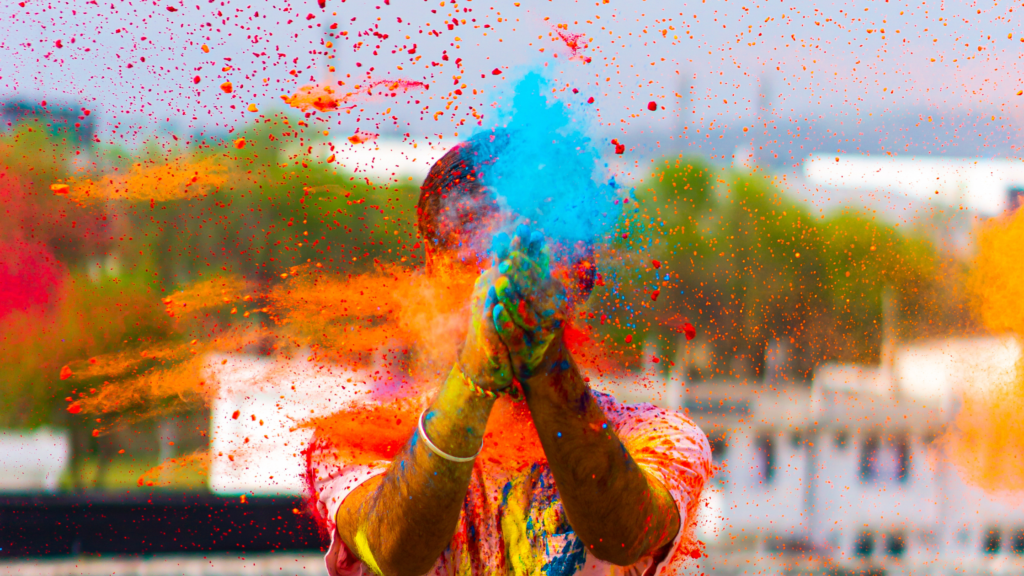Holi, the festival of colors, is celebrated with great fervor and enthusiasm throughout India, marking the onset of spring and the victory of good over evil. While the core essence of Holi remains the same across the country, different regions of India have their own unique and diverse ways of celebrating the festival. From the grandeur of the Lathmar Holi in North India to the temple processions of Hola Mohalla in Punjab, and the folk songs of Rangapanchami in Maharashtra, the festival takes on a myriad of forms and flavors across the nation.
In North India, the festival is celebrated with vibrant colors and water, with communities coming together to dance, sing, and feast on traditional delicacies such as gujiya, mathri, and thandai. The cities of Mathura and Vrindavan, the birthplace of Lord Krishna, are particularly known for their extravagant celebrations, with Lathmar Holi being one of the highlights. This unique celebration involves women beating men with sticks, symbolizing the victory of Radha over Krishna.
In South India, the focus of the festival is more on the mythological significance of Holi, with people worshiping Lord Krishna and smearing each other with colors as a symbol of love and devotion. In Tamil Nadu, the festival is celebrated as Kamavilas and is more of a community event, with people coming together to sing and dance to traditional music. In Andhra Pradesh, Holi is celebrated as Dolayatra and involves a grand procession of Lord Vishnu’s idols through the streets.
In East India, Holi is known as Dol Purnima and is celebrated by applying colors and flowers to Lord Krishna’s idols. The festival also marks the harvest season, with people enjoying local delicacies such as pitha, malpua, and dahi vada. In West Bengal, the festival takes on a unique form with the celebration of Basanta Utsav, where people come together to celebrate the arrival of spring with music, dance, and colors.
In conclusion, Holi is a festival that reflects the rich and diverse cultural tapestry of India. Each region has its own unique customs and traditions that add to the vibrancy of the festival. The festival is not just about colors and fun but also about community bonding and strengthening social ties. So, this Holi, let us celebrate the festival in its true spirit by respecting and embracing the diverse regional traditions and customs of India.








